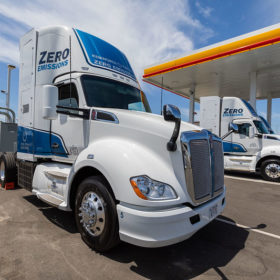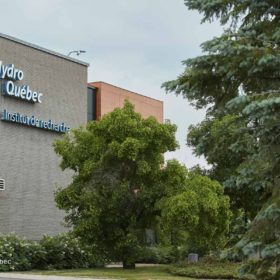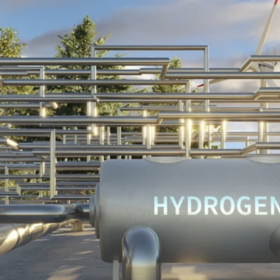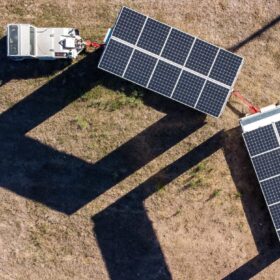PV-driven hybrid hydrogen fuel cell system for building applications
Scientist in Canada have proposed to combine rooftop PV power generation with an alkaline electrolyzer and a fuel cell to generate hydrogen in buildings. The new system is intended at enabling seasonal energy storage and reduce a home’s levelized cost of energy.
The Hydrogen Stream: Stadler finalizes longest hydrogen train test
Stadler says it has wrapped up a hydrogen train test, while Ballard has secured a long-term agreement to supply 1,000 hydrogen fuel cell engines through 2027.
The Hydrogen Stream: Companies to close 3 hydrogen stations in Germany
H2 Mobility’s live map has reported the planned closure of at least three hydrogen filling stations throughout Germany in the coming months, while the Japanese government has revealed plans to support the development of low-carbon aviation solutions, including hydrogen-combustion engines.
Quebec announces 300 MW solar tender
The government of the Canadian province of Quebec aims to deploy 300 MW of solar through tenders under utility Hydro-Quebec, in a bid to diversify the supply of renewables.
The Hydrogen Stream: Germany’s hydrogen strategy takes shape
Germany made progress with its hydrogen strategy, while Australia announced plans for a hydrogen feasibility study.
The Hydrogen Stream: DNV launches hydrogen blending studies in North America
DNV has started working on blending feasibility studies in the Canadian province of British Columbia, while the US Department of Energy has announced $750 million in funding for 52 hydrogen projects across 24 states.
Vehicle-integrated photovoltaics for electric ground transport
Canadian custom module manufacturer Capsolar developed a vehicle integrated PV system (VIPV) for an electric material towing application, reportedly enabling 30% to 40% range increase per battery charge.
Solar simulator for perovskite-silicon tandem PV cells, modules
A new measurment and solar simulator instrument designed for perovskite-silicon tandem cells and encapsulated mini-modules is the latest product from a collaboration between Canadian solar simulator supplier G2V Optics and U.S.-based measurement instrumentation company Sinton Instruments.
Alberta lifts moratorium on renewable energy projects
The government of the Canadian province of Alberta has announced plans to ban new renewables projects on high-quality agricultural land and within a 35 km radius of areas with pristine views, following a nearly seven-month pause on approvals for such installations.
U.S. startup offers solar kit for VIPV applications
Worksport, a U.S. technology company, has announced a protective cover for pickup trucks fitted with solar PV modules. The kit includes a battery and an inverter and is meant to be a portable power source for leisure activities, such as camping, or as a temporary backup to recharge electronics or small appliances during power outages.










